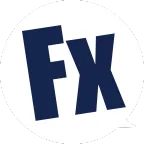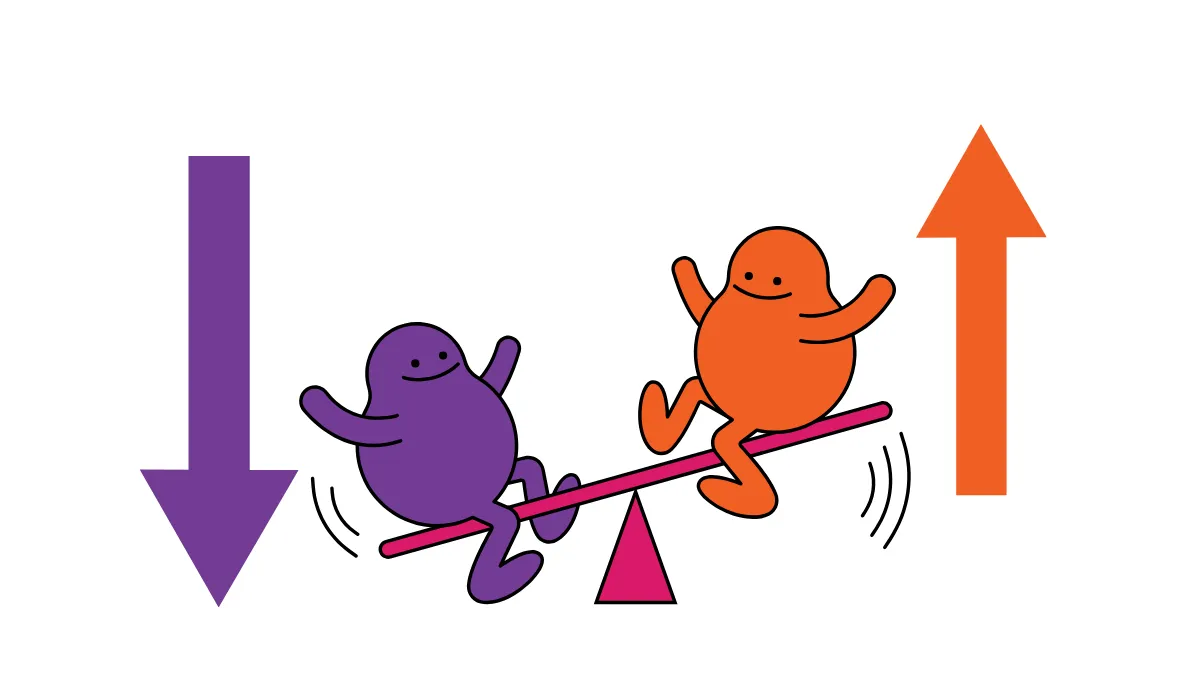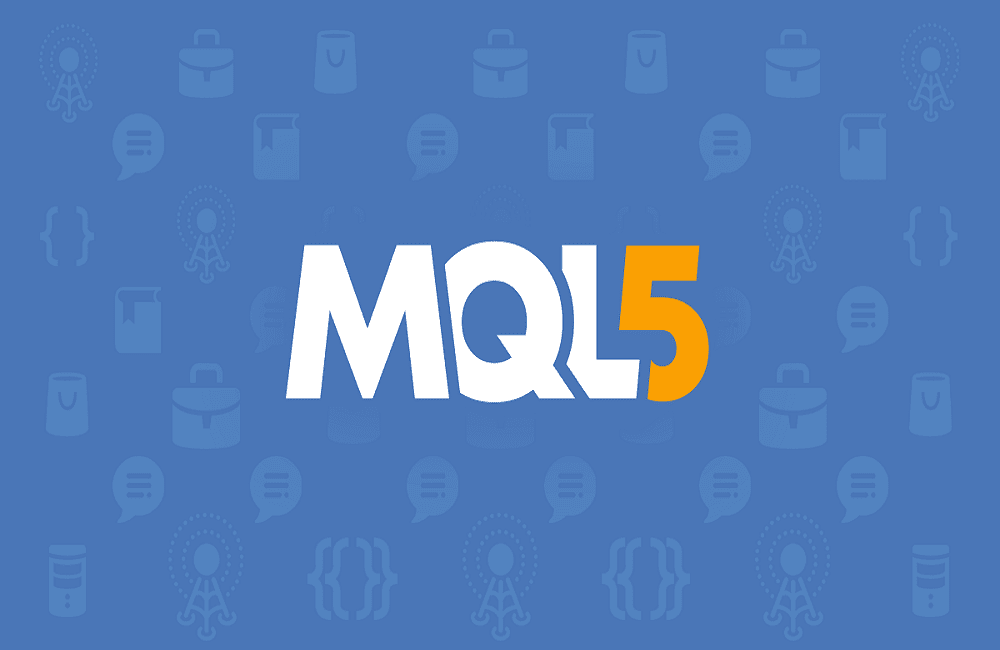Foreign Exchange Market Structure
The foreign exchange market is the largest and most active financial market in the world, with its decentralized structure and diverse participants attracting investors and institutions from various backgrounds. A deep understanding of the foreign exchange market requires exploring its decentralized characteristics, the roles of participants, and its operational mechanisms.
Decentralized Characteristics of the Foreign Exchange Market
The foreign exchange market is a completely decentralized market, with no single exchange managing transactions. Unlike the stock market, foreign exchange trading is conducted through a network of banks, brokers, and financial institutions spread across the globe, with no fixed physical location. This structure allows the foreign exchange market to operate 24 hours a day without interruption, unaffected by geographical location or time constraints.
Market Participants and Their Roles
The foreign exchange market consists of various types of participants, each playing different roles that influence market volatility and liquidity.
1. Central Banks:
- Role: Responsible for managing the money supply, controlling interest rates, and maintaining exchange rate stability.
- Operations: Influence exchange rates through monetary policy or direct intervention (buying or selling domestic currency). For example, the Federal Reserve (Fed) and the European Central Bank (ECB) adjust exchange rates based on economic objectives.
2. Commercial Banks and Investment Banks:
- Role: Provide currency exchange services, manage foreign exchange risk, and conduct proprietary or agency trading.
- Characteristics: Interbank market liquidity is the highest and is a core part of market operations.
3. Multinational Corporations:
- Role: Engage in international trade and investment, hedging against exchange rate risk.
- Example: When companies import and export products, they need to exchange currencies to complete transactions. For instance, Apple converts its revenue from China in Renminbi to US dollars to balance its finances.
4. Hedge Funds and Investment Funds:
- Role: Use high-frequency trading and complex strategies (such as leverage and derivatives) for speculation, seeking high returns.
- Characteristics: Quick to react, with a magnifying effect on market volatility.
5. Retail Traders:
- Role: Individual investors trade through online brokers.
- Characteristics: Although their trading volume is small, they collectively have a certain influence on market trends, mainly participating in short-term speculation.
6. Brokers and Trading Platforms:
- Role: Act as intermediaries providing investors with access to the market, offering real-time quotes and trade execution services.
- Characteristics: Lower the barriers for individual and institutional investors to enter the market.
7. Governments and International Organizations:
- Role: Formulate economic policies and stabilize exchange rates.
- Example: The International Monetary Fund (IMF) provides financial assistance programs to address currency crises.
8. Market Makers:
- Role: Provide liquidity and ensure smooth market operations.
- Operations: Continuously quote buy and sell prices, allowing participants to trade at any time.
Key Features of the Foreign Exchange Market
- High Liquidity: Due to the large number of participants and high trading volume, the market has extremely strong liquidity.
- Round-the-Clock Trading: The global market operates 24 hours a day, rotating by time zone.
- Volatility: Driven by multiple forces, exchange rate fluctuations are influenced by economic data, geopolitical events, and market sentiment.
Conclusion
Participants in the foreign exchange market each have unique characteristics, from the policy interventions of central banks to the short-term speculation of retail traders, each affecting market dynamics. A comprehensive understanding of the roles and operational mechanisms of market participants helps grasp the structure and operational logic of the foreign exchange market, enabling the formulation of more effective strategies in trading.
Hi, We are the Mr.Forex Research Team
Trading requires not just the right mindset, but also useful tools and insights.Here, we focus on Global Broker Reviews, Trading System Setup (MT4 / MT5, EA, VPS), and Forex Trading Basics.
We personally teach you to master the "Operating Manual" of financial markets, building a professional trading environment from scratch.
If you want to move from theory to practice:
- Help share this article to let more traders see the truth.
- Read more articles on Broker Tests and Forex Education.





